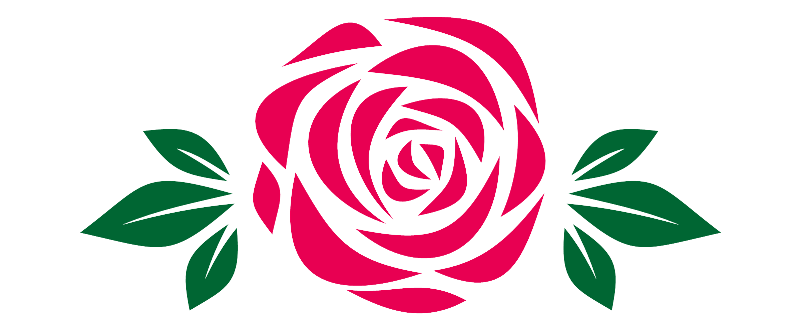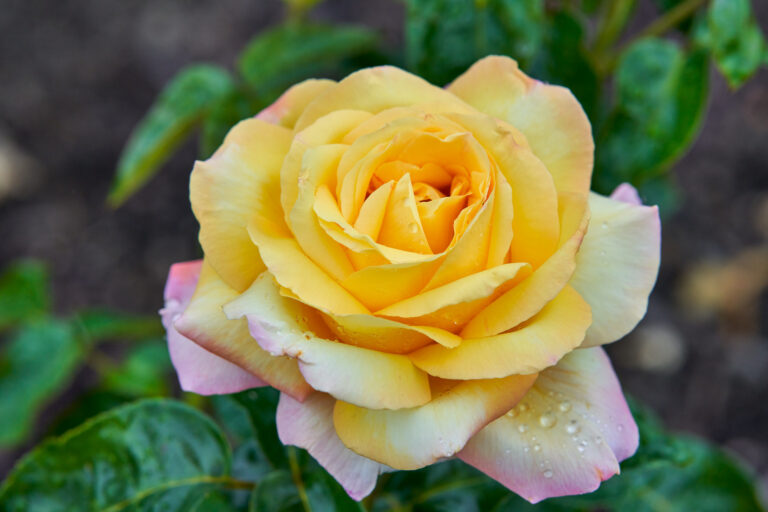What’s in a (Rose) Name?
Imagine I’m hosting a quiz show. I have a panel of noted rosarians ready to buzz in. I unveil cuttings from a rose variety for their inspection and challenge them to “Name that rose…” After clicking furiously at his buzzer, contestant #1 pulls at his facial hair, shifts his baseball cap, and answers with a…


